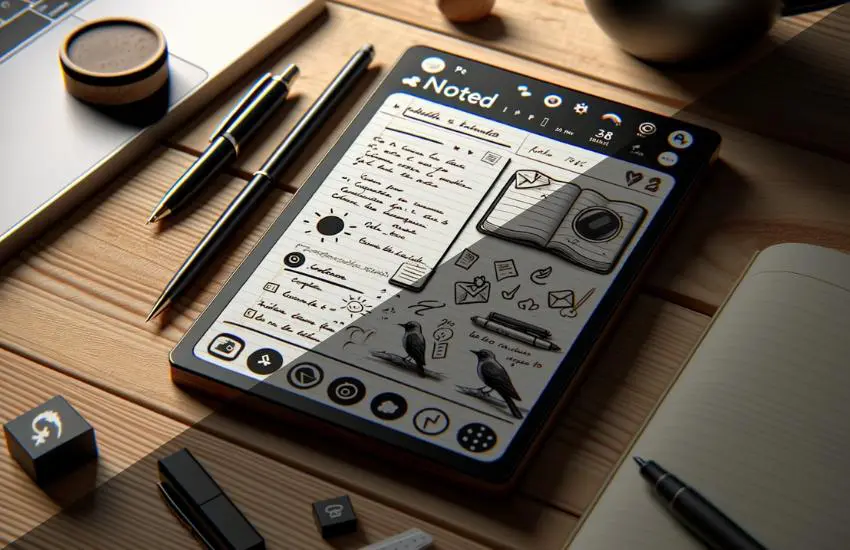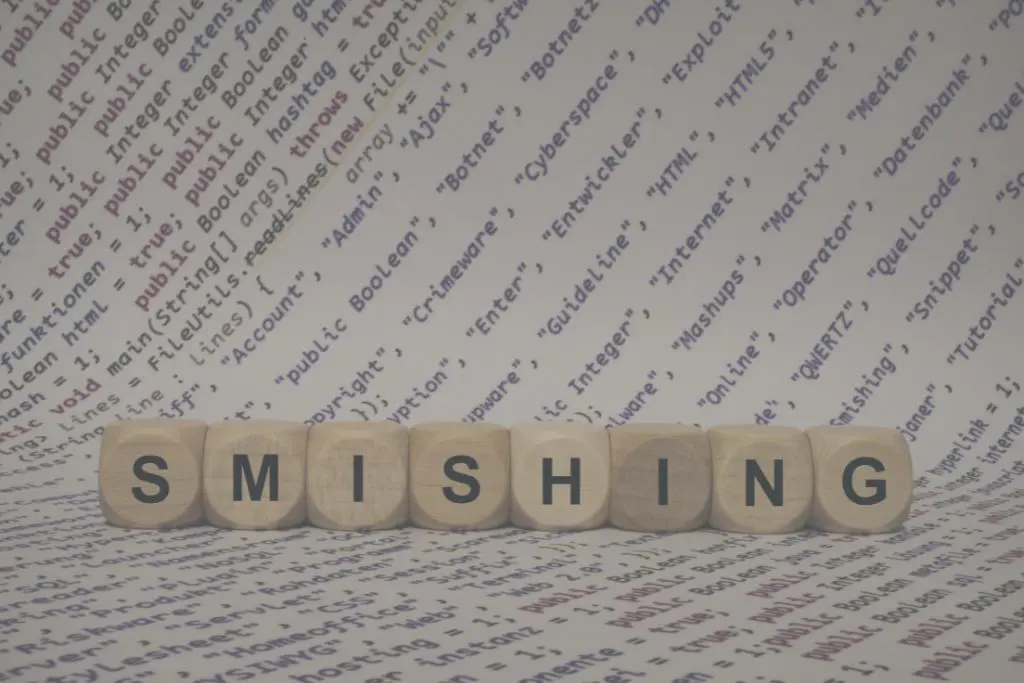With the advancement of technology, a new way of note-taking has emerged, driven by the smart notebook.
A few years ago, when we heard the word “notebook,” we only thought of paper and pencil. But did you know technology has transformed the way we jot down notes and reminders?
Indeed, when speaking of revolutions, the digital notebook is one of the most astonishing innovations in both the educational and professional worlds.
In this post, we will delve into the smart notebook (also known as digital notebook) and its potential uses.
What is a Smart or Digital Notebook?
A smart notebook, also referred to as a digital notebook or digital notepad, is a tool that marries the benefits of handwritten notes with the ability to digitize and store information in the cloud.
Imagine a notebook that syncs with your mobile device or computer, enabling you to store, share, and edit your notes more efficiently. That’s the essence of a smart notebook.

Differences between a traditional and a smart notebook
Notebooks have been humanity’s companions for centuries. From preserving secrets in diaries to capturing brilliant ideas in meetings, their presence has been ubiquitous.
But like everything in the modern era, they’ve evolved. Let’s explore the key differences:
Digitalization and Storage:
- Traditional: Once you write in a traditional notebook, the information is fixed on paper. Lose the notebook, and you lose the information.
- Smart: These notebooks allow you to scan and save your notes to the cloud. So even if you lose the physical notebook, you always have a secure digital copy.
Interactivity and Sharing:
- Traditional: To share your notes, you’d have to photocopy or rewrite them.
- Smart: You can share your notes in real-time with others, email them, send via messaging apps, or even collaborate on them online.

Reuse:
- Traditional: Once completed, you need to buy another notebook.
- Smart: Many smart notebooks have reusable pages. Simply erase and rewrite.
Accessibility:
- Traditional: You must carry your notebook to access your notes.
- Smart: Access your notes from any internet-connected device, thanks to cloud synchronization.
Integration with other tools:
- Traditional: It stands alone, without electronic device interaction.
- Smart: It can integrate with apps, software, and devices. For instance, turn your handwritten notes into digitized text or sync with organizational applications.
Price:
- Traditional: Generally more affordable with varied prices based on design and paper type.
- Smart: May have a higher initial cost due to integrated technology, but in the long run, can be more economical, especially if reusable.
In conclusion, while traditional notebooks offer tangible and manual charm, smart notebooks are powerful tools combining the best of analog and digital worlds.
It showcases how technology continues to enrich and expand our everyday tools.
Subscribe today to SMOWL’s weekly newsletter!
Discover the latest trends in eLearning, technology, and innovation, alongside experts in assessment and talent management. Stay informed about industry updates and get the information you need.
Simply fill out the form and stay up-to-date with everything relevant in our field.
Common uses and applications for the smart notebook
Blending tradition with technology, the smart notebook has paved its way into various fields and applications.
Its versatility makes it suitable for diverse needs and contexts. Some of its notable uses and associated apps include:
Professional Arena:
The digital notebook has become quite widespread in the professional realm, especially in the following circumstances:
- Meetings and Conferences: Professionals can take notes and then digitize and share these with colleagues instantly.
- Design and Brainstorming: Perfect for those in creative fields, it allows for sketching ideas and transitioning them digitally for edits and sharing.
- Presentations: Prepare key points in the notebook and project your notes in real-time using presentation apps.
Educational Field:
Both students and teachers in the educational realm can benefit from the advantages of using a digital notebook, expanding the digital ecosystem in which the sector is immersed.
- Class Notes: Students can digitize their notes to access on any device, making studying and revising easier.
- Group Projects: Sharing notes and outlines enhances student collaboration.
- Seminars and Workshops: Participants can store relevant information and then access it in a more convenient digital format.
Personal Organization:
These devices can also be used to streamline and plan your routine:
- Daily Planning: From to-do lists to meal planning, organize your day and have it all synced to the cloud.
- Journals and Reflections: Pen down your thoughts, securing a digital copy for future access.
- Travel: Plan itineraries, create packing lists, and store memories all in one place.
Associated Apps:
The use of this technology can be expanded with some associated apps. Here are some examples:
- Evernote: One of the most popular note apps, it syncs with your smart notebook.
- OneNote: Another big player in note-taking, perfect for integrating with smart notebooks and accessing notes on any device.
- Dropbox and Google Drive: Cloud storage solutions ideal for storing digitized notes and accessing them anywhere.
- CamScanner: Facilitates digitizing pages, converting handwritten notes into PDFs or images.
- Slack and Trello: For team collaboration, these can integrate with some smart notebook versions, allowing real-time note sharing and discussions.
Without a doubt, the smart notebook revolutionizes how we take and manage our notes.
Offering a myriad of uses and integrated apps, it caters to both professionals and individuals in daily life. It combines the best of paper and digital tech, elevating organization and collaboration to new heights.

The future of Smart Notebooks
In a world rapidly digitalizing, one might wonder where tools like the smart notebook are headed. Though a relatively recent innovation, we can already foresee trends and possibilities shaping its future:
- Deeper Tech Integration: Initially, smart notebooks just digitized notes. In the future, we can anticipate broader integration with devices and platforms. For instance:
- Virtual and Augmented Reality: Imagine writing a note and scanning it with your phone to see interactive content like videos or animations.
- Automatic Sync: Instead of manually scanning pages, the notebook might auto-sync with the cloud.
- Advanced Text Conversion: AI might enhance the transcription from handwritten notes to digital text, even recognizing complex writing styles or side notes.
- Personal Assistants: Imagine a notebook scheduling reminders/alerts automatically when you jot down a pending task.
- Sustainability: With growing environmental concerns, future smart notebooks might be even more eco-friendly, utilizing biodegradable or recycled materials to lessen environmental impact.
- Personalization: As technology advances, personalization becomes an expectation. Smart notebooks could adjust to user preferences, from page type and style to specific functions catering to individual needs.
- Pricing: As the technology becomes more mainstream and mass-produced, smart notebook prices might become more competitive, broadening their accessibility.
- Variety in Sizes: Like traditional notebooks, we might see smart notebooks in various sizes and formats, from pocket notepads to large desktop versions.

In essence, the future of digital notebooks promises even deeper integration between handwritten notes and technology, creating an increasingly user-friendly and versatile tool for a wide range of applications.
Whether you’re a tech enthusiast or someone who loves the feel of paper beneath your fingertips, the smart notebook promises the best of both worlds. With myriad uses and countless benefits, it stands as a testament to human ingenuity and innovation.
This is just a glimpse into the world of smart notebooks. As technology advances, who knows what the future holds for this incredible fusion of tradition and innovation? The possibilities are endless, and the excitement is palpable.
Proctoring technology may become a significant ally for conducting exams on devices like smart notebooks, just as it currently is with computers and tablets.
If you’re interested in diving deeper into the functionalities that proctoring systems offer, we invite you to explore our SMOWL plans. These plans will allow you to test all the advantages of proctoring for free.
Let’s embrace this evolution and see where it leads us!
Download now!
8 interesting
facts
about proctoring
Discover everything you need about online proctoring in this book to know how to choose the best software.
Fill out the form and download the guide now.
And subscribe to the weekly SMOWL newsletter to get exclusive offers and promotions.
You will discover all the trends in eLearning, technology, innovation, and proctoring at the hands of evaluation and talent management experts.



